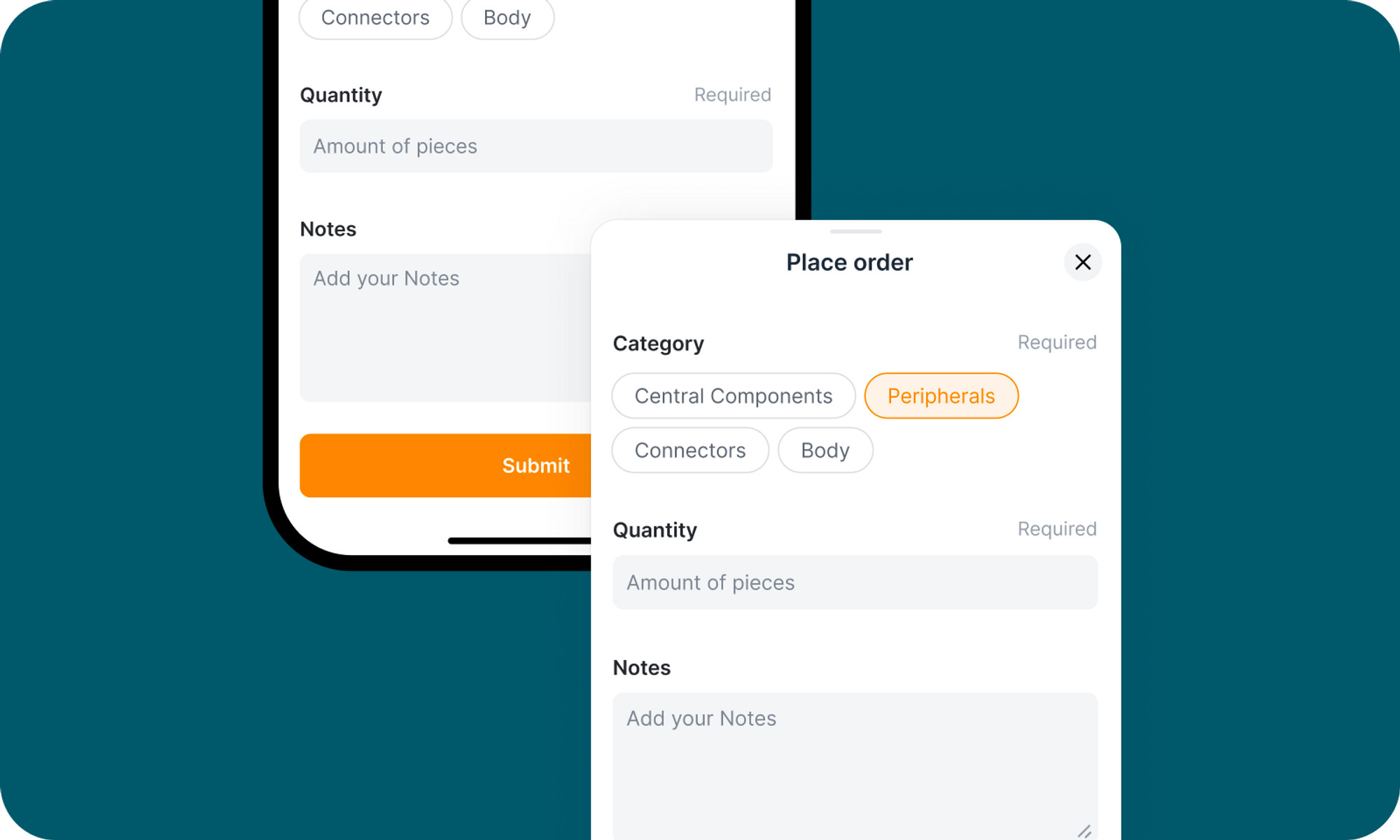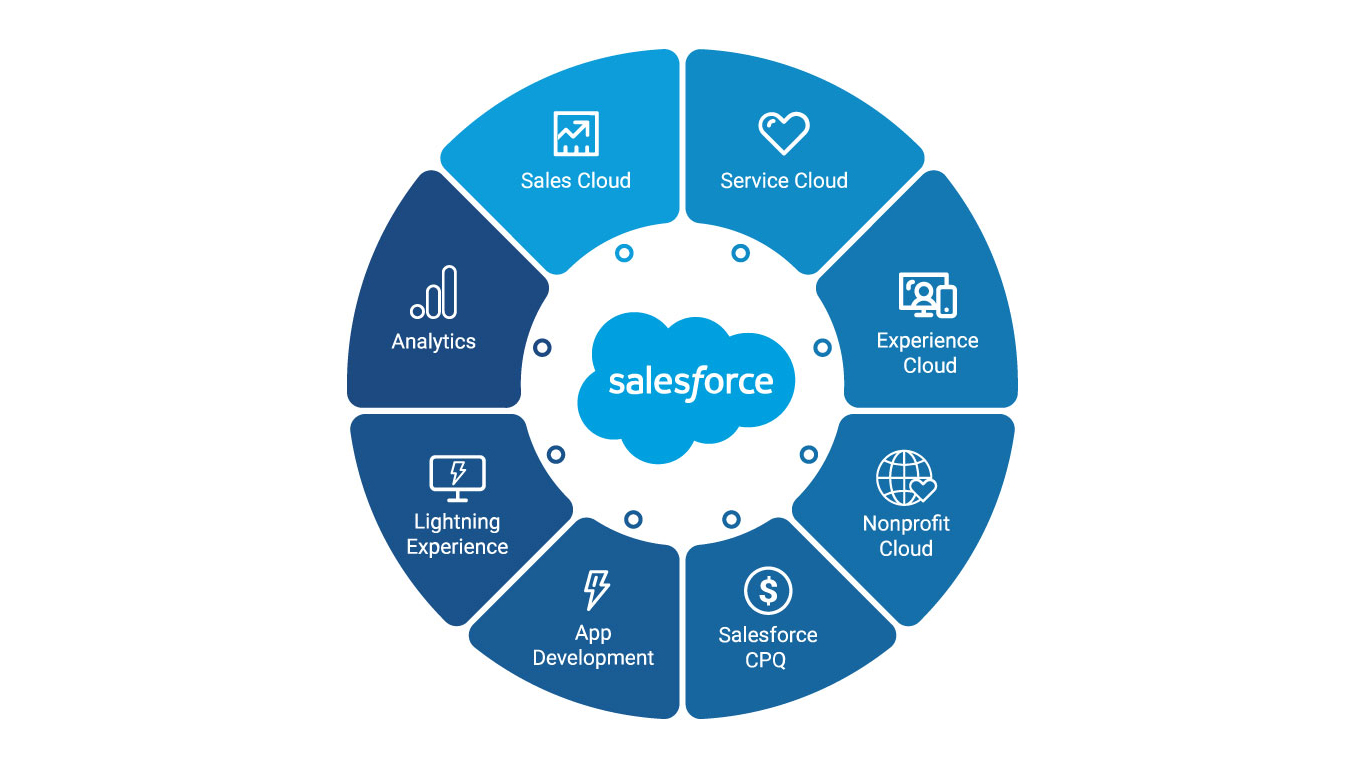In today’s hyper-connected world, our smartphones and the apps within them have become indispensable tools. Yet, this constant connectivity comes at a cost: our attention spans are increasingly fragmented, and our digital well-being is often compromised. As designers and developers, we have a crucial responsibility to shift the paradigm and create apps that not only engage users but also respect their time, focus, and overall well-being.
Designing for digital well-being isn’t just a trendy buzzword; it’s a fundamental ethical consideration. By prioritizing user attention and mindful engagement, we can build healthier digital ecosystems that empower individuals rather than overwhelm them.
The Attention Economy and Its Toll
The current app landscape often thrives on capturing and retaining user attention at all costs. Notifications bombard us, endless feeds scroll relentlessly, and persuasive design patterns lure us into spending more and more time within the app. While engagement is important, when it becomes manipulative and leads to feelings of anxiety, FOMO (fear of missing out), and decreased productivity, it’s a clear sign of a design gone wrong.
Shifting the Focus: Designing with Empathy
The key to designing for digital well-being lies in shifting our focus from mere engagement metrics to user empathy. We need to understand the impact our apps have on people’s lives and prioritize their needs over maximizing screen time. Here are some principles to guide this approach:
1. Prioritize Clarity and Purpose:
- Streamlined User Flows: Design intuitive and efficient pathways to help users achieve their goals quickly and easily. Avoid unnecessary steps and distractions.
- Clear Information Architecture: Organize content logically so users can find what they need without getting lost in a maze of features.
- Focus on Core Functionality: Resist the urge to cram in every possible feature. Concentrate on the core value proposition and ensure it’s delivered effectively.
2. Respect User Time and Attention:
- Thoughtful Notifications: Minimize non-essential notifications and allow users granular control over what they receive and when. Consider batching notifications or offering summary options.
- Intentional Use of Interruptions: Avoid disruptive pop-ups and full-screen takeovers unless absolutely necessary. Opt for less intrusive methods of communication.
- Progress Indicators and Time Estimates: When tasks take time, provide clear progress indicators and estimated completion times to manage user expectations and reduce anxiety.
3. Empower User Control and Customization:
- Flexible Settings: Offer users options to customize their experience, such as notification preferences, content filtering, and display settings.
- Usage Tracking and Insights: Provide users with data on their app usage, allowing them to understand their habits and make informed choices about their digital consumption.
- “Do Not Disturb” and Focus Modes: Integrate or seamlessly work with system-level features that allow users to block distractions and concentrate on specific tasks.
4. Design for Mindful Engagement:
- Slower and More Deliberate Interactions: Encourage thoughtful engagement over mindless scrolling. Consider incorporating pauses or opportunities for reflection.
- Visual Hierarchy and White Space: Use clean and uncluttered interfaces with ample white space to reduce visual fatigue and improve readability.
- Consider Color Psychology: Choose color palettes that promote calmness and focus rather than anxiety or overstimulation.
5. Encourage Breaks and Real-World Connection:
- Gentle Reminders: Offer subtle reminders to take breaks, stretch, or engage in offline activities.
- Integration with Well-being Features: Explore integrations with health and wellness apps or device-level features that promote digital balance.
- Design for Task Completion: Focus on helping users achieve their goals efficiently so they can move on to other activities.
The Benefits of Designing for Well-being:
While it might seem counterintuitive, designing for digital well-being can actually lead to more loyal and satisfied users. By respecting their time and attention, you build trust and foster a more positive relationship with your app. This can result in:
- Increased User Satisfaction: Users will appreciate an app that enhances their lives without overwhelming them.
- Improved Retention: Users are more likely to stick with an app that respects their needs and doesn’t contribute to digital fatigue.
- Enhanced Brand Reputation: Being recognized as an app that prioritizes user well-being can be a significant differentiator.
- A More Sustainable Digital Ecosystem: By collectively adopting these principles, we can contribute to a healthier and more balanced digital landscape for everyone.
Also read : The Incredible Advantages of Having a Mobile Application for Your Business
The Future of App Design:
Designing for digital well-being is not just a trend; it’s a fundamental shift in how we approach technology. As users become more aware of the impact of digital consumption on their lives, they will increasingly demand mobile apps that prioritize their well-being. By embracing these principles, we can create a future where technology empowers us without sacrificing our attention, focus, and overall quality of life. Let’s move beyond the relentless pursuit of engagement and build apps that truly serve and respect the people who use them.




